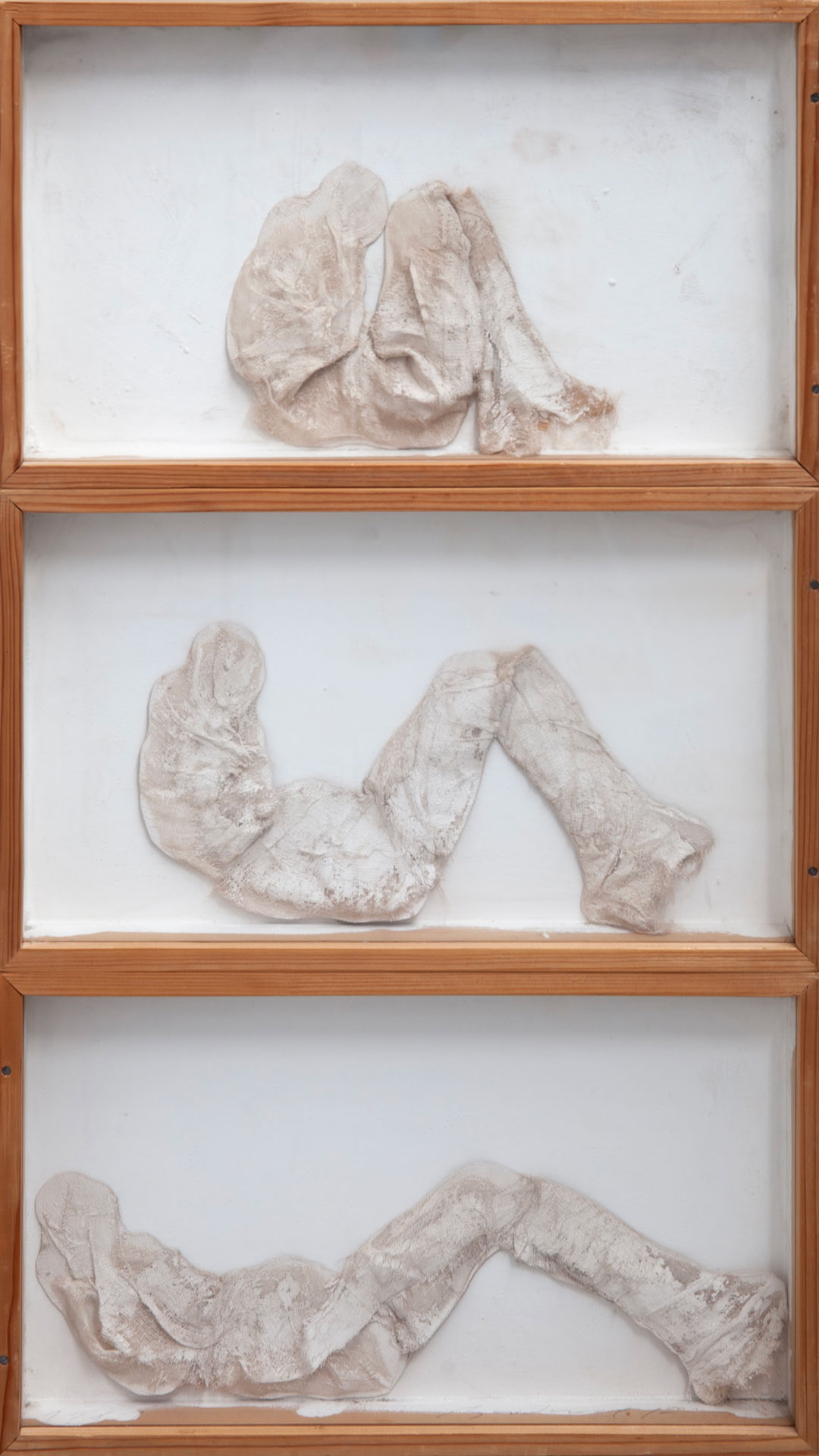Jürgen Brodwolf

Jürgen Brodwolf (born March 14, 1932 in Dübendorf) is a Swiss sculptor and object artist who lives in Kandern. In 1959, Jürgen Brodwolf discovered the tube figure, which from then on became his "monogram" and for which he is still known today. The tube figures, which were triggered by the sight of a squeezed out and strangely deformed, figurative-looking tube of paint in the painting studio, are still part of his artwork today. The found object can be seen as a further development of the ready-made.
Over the years, he has continued to develop the use of the tube figure. In 1965, for example, he created the first figure boxes, box-like works containing various tube figures. From 1972 onwards, the artist created figures in a larger format by forming them out of lead, which meant that he was no longer bound by the prescribed tube size. He also created the first electromechanical puppet theaters.
He increasingly expanded his repertoire of figures, creating canvas, cardboard and papier-mâché figures in the years that followed. In 1993, Brodwolf discovered the paper figure, which he mostly used in the same dimensions as the tube figure. In 1999 he created the first pigment figure and in 2002 he turned his attention to bronze with the first bronze figures. In addition to the tube, Brodwolf uses numerous other everyday objects, such as brushes, fabrics, stove tiles, etc., which he incorporates and processes in his works. These objects thus lose their meaning and function and become part of his artworks.
Since 1980, the artist has repeatedly spent time in Vezia in Ticino, which is still his second home today. Well-known students include Camill Leberer and Karin Sander. Since 1995, he has lived in Kandern in the former municipal hospital, which has become his place of art, work and life.










